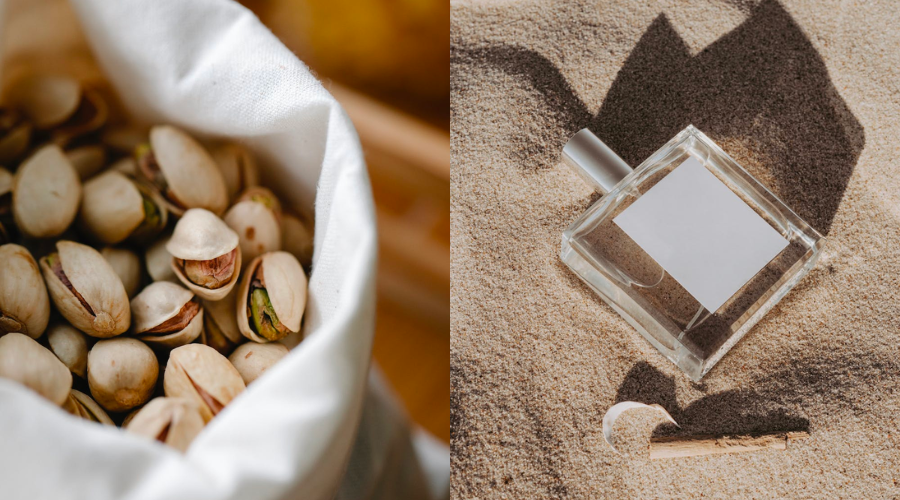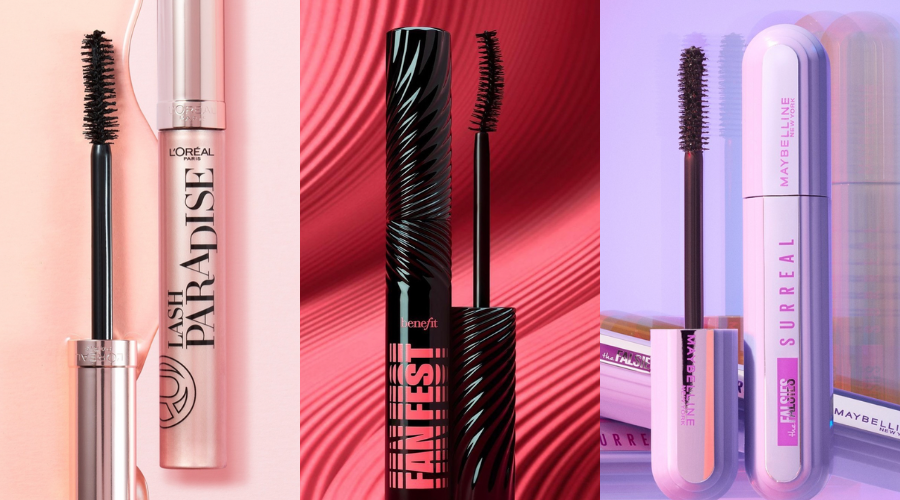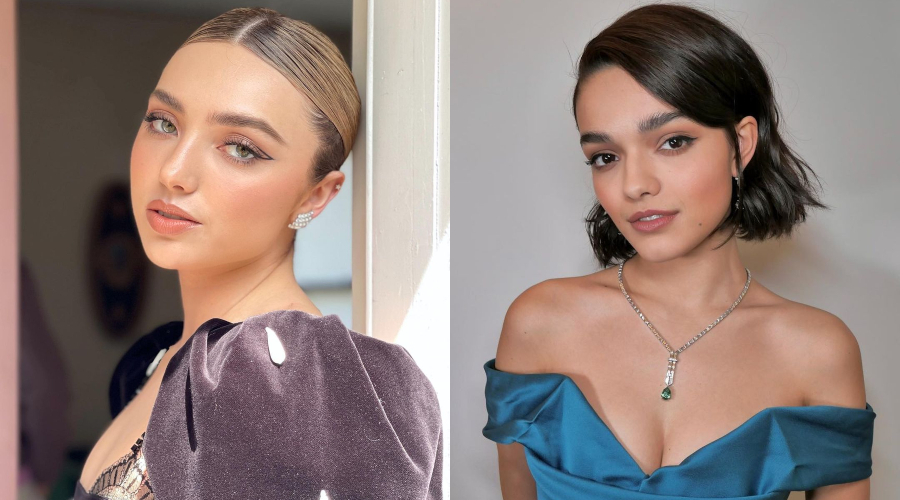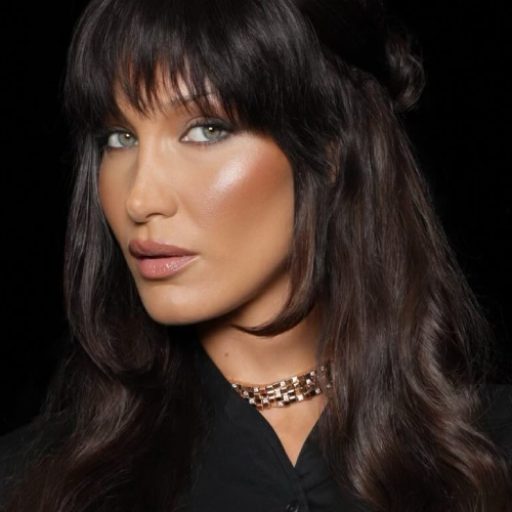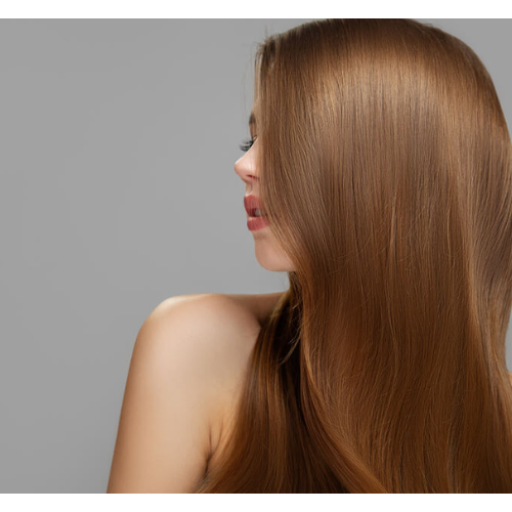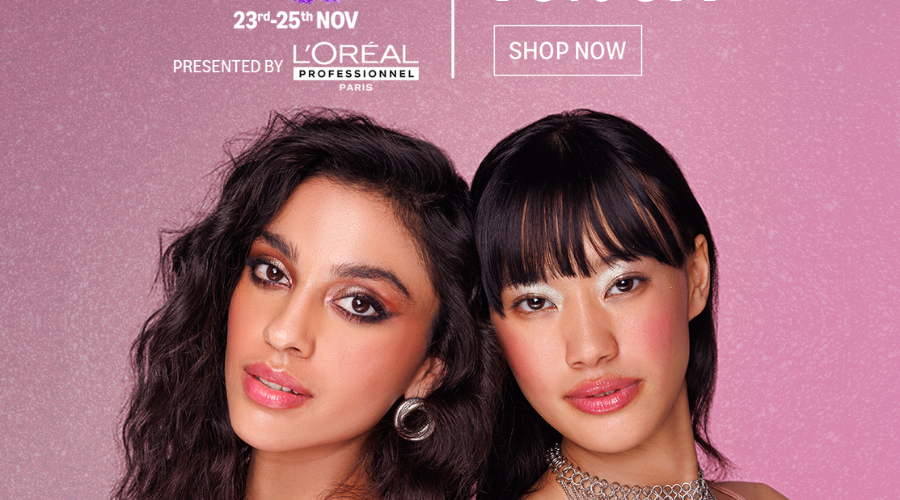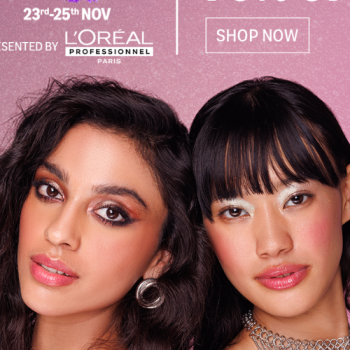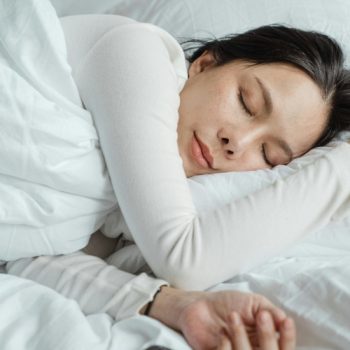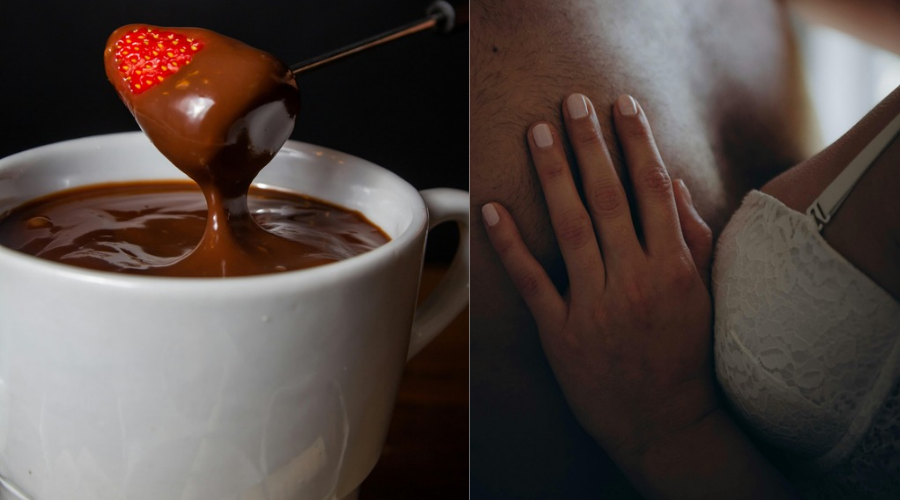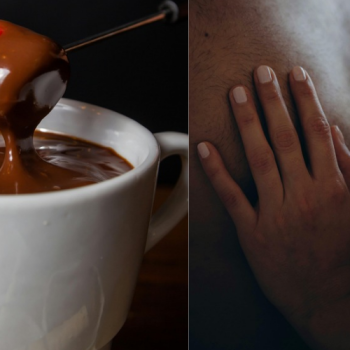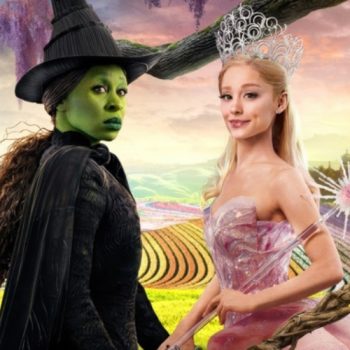Admit it, we’ve all skipped hair wash day due to sheer laziness. Of course, this is followed by a struggle with an oily scalp and flat tresses. Bad hair days can be stressful, especially in the winter season where you’re dealing with oily, static, and extra limp, brittle ends. And then there’s the dilemma- should you clean your hair stripping it of the natural oils to give them the volume? What’s a girl to do? Reverse hair washing.
We were first introduced to this concept via social media, people on reels and TikToks swore this process changed their hair care game. As creatures of habit, most of us can be wary of a practice that suggests that we turn our routine upside down. Reverse hair washing is a practice that strays drastically from the shampoo + lather + rinse regime that we have been practising for ages. But could it actually be better suited for certain hair types? How do you know you’re doing it right? Does this technique TRULY work? Let’s find out the pros and cons, and dive a little deeper into this process.
Un-Conditional Love For Your Hair

Pretty self-explanatory, reverse hair washing entails the reordering of your in-shower hair care routine. Instead of the usual ‘shampoo first’ approach, you begin by rinsing your hair until it’s dripping wet and slathering on a generous dollop of conditioner (or you can substitute it with a hair mask) from the ends of your hair, till mid-length. Resist applying the conditioner directly onto your scalp, it will defeat the purpose. Let the conditioner sit in your hair for 5-20 minutes. Pretend to be a YouTuber explaining your skincare routine, belt out a number in the shower and let the conditioner soak into each strand. Rinse it off, maybe after you’ve completed a whole concert.
Now, move on to lathering some shampoo suds and massage it deep into your scalp. Once rinsed off, you can opt for conditioning your hair once more, before using your body wash and hopping out of the shower.
The Mane Reason To Switch
When you follow the traditional method of washing hair, you could potentially strip your hair of natural sebum and oils from your scalp, along with the dirt and grime that needs to be done away with. Then, going in with conditioner first makes sense. This way, the hair is protected by a film formed by the conditioner, and thus, prevents breakage, damage, and gives you extra protection. Sure this effect is temporary, but hey, this could give your lifeless hair some volume and we will take that.
Can You Bid Goodbye To Bad Hair Days?
Experimental research suggests that if your motive with reverse hair washing is volume, refinement, density, and compliments, then you’ve got yourself a winner. If your lifeless mane gets you down, this is the way to go. Specifically for the winter season, when hydration is elusive, it’s best to shoot your shot with reverse hair washing, and hopefully take it out to dinner.
It’s Time To Lock This In

If you’ve run out of options to deal with your oily, flat, limp, and lifeless hair, reverse washing could be the way to go. There is a caveat, it’s not one size fits all solution. For people with coarse, curly hair, it’s best to follow a routine that has their hair behave well, since there may be a bit of greasiness involved. If you have coarse hair but would still like to try out this method, we recommend you use conditioner twice, once at the beginning and then really amping up on the product quantity towards the end of your shower. Ideally, you can use this method every second wash, but if it seems to be working well (and better than the usual) for you, then you can use the reverse method every time you wash your locks.
Reverse washing is essentially about moisture and hydration. A technique that provides these prerequisites is worth a shot. Reverse hair washing will suit most hair types, but it’s not for everyone.
If nothing works, maybe give hair extensions a try?
Photos: Pexels

